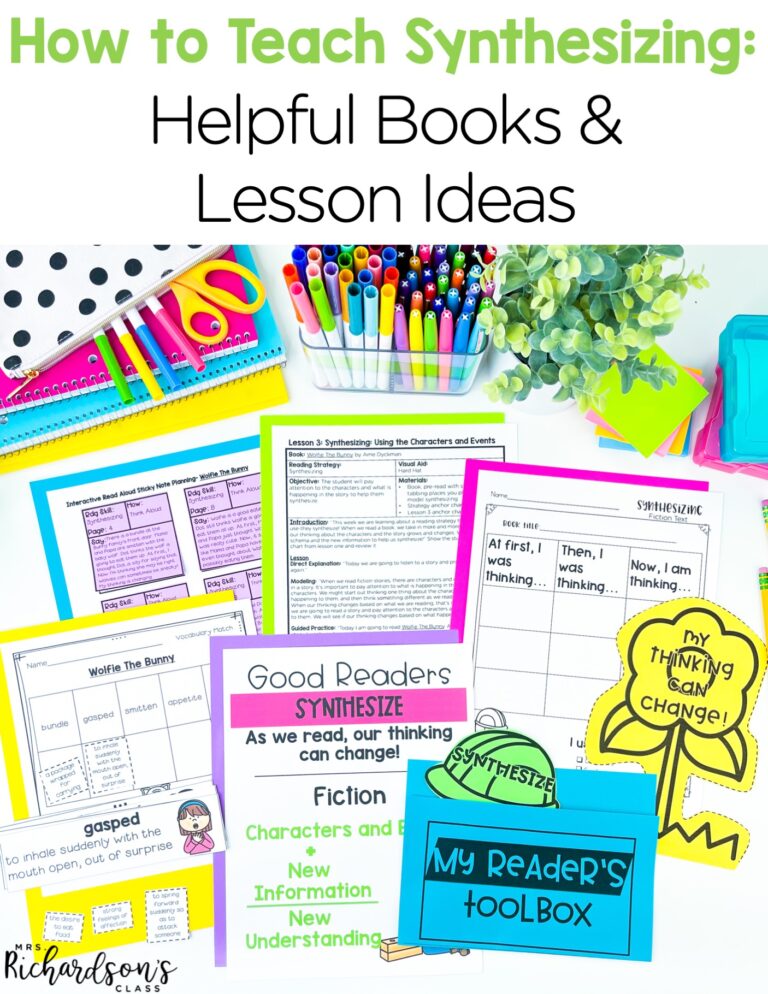


We spend a lot of time at the guided reading table coaching our students through growing their reading skills. Many times we get to the end, check for comprehension, and it seems like the little reader has no idea what they read. They are struggling with comprehension. Where am I going wrong? What am I not doing? What reading comprehension strategies should I teach? How do I support them and get them over this hill so they can truly enjoy reading and get lost in a story?
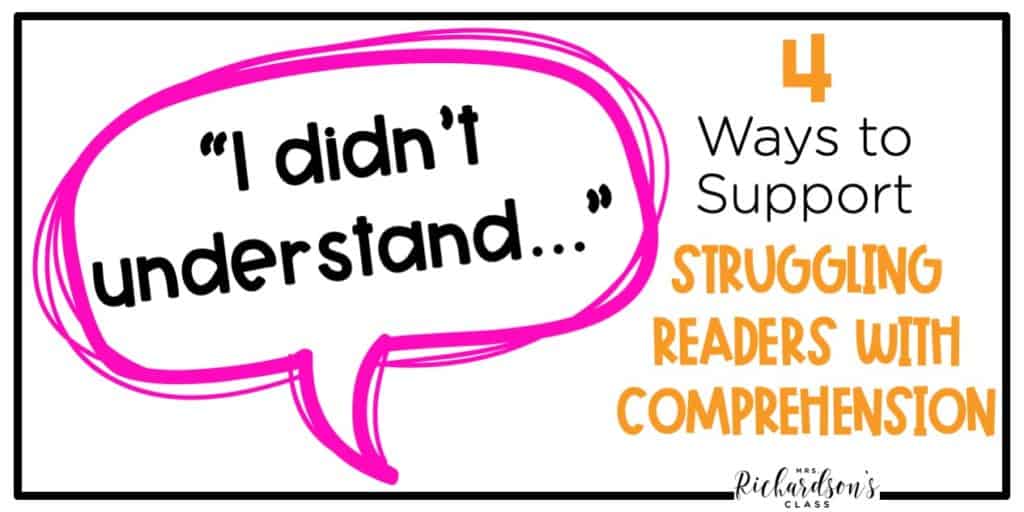
I have been there more times than I can count! I have 4 ways for you to support your struggling readers with comprehension.
Conduct a formal comprehension interview (first grade and older). Jan Richardson’s site has a handy assessment you could use to get a more specific grasp of what reading comprehension strategy a student needs support with. Find it HERE. Then, take what you’ve learned and design a specific teaching point for that student.
Guided reading groups can have students in it who are on different reading levels. If you have students on level C and D struggling with a specific area of comprehension, group them together to work on it. This is a wonderful way to scaffold readers as you are teaching reading comprehension strategies. I wrote a little more about flexible grouping HERE.
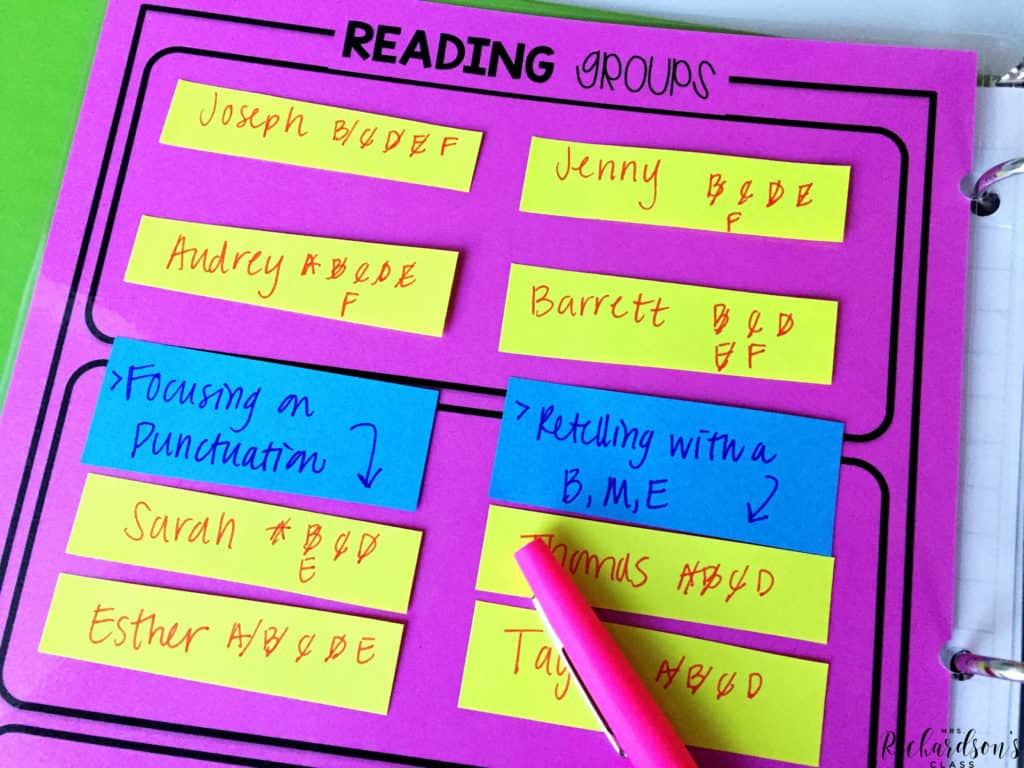
To do this, I place bookmarks throughout the book (scrap paper, index cards, post-its). When a student gets to the bookmark, they must stop, think, and retell what happened in the text. If they can’t, they go back and read again. If they can retell, they continue reading to the next bookmark and stop and think again. This puts responsibility for learning in the students’ hands and helps build stronger comprehension skills.
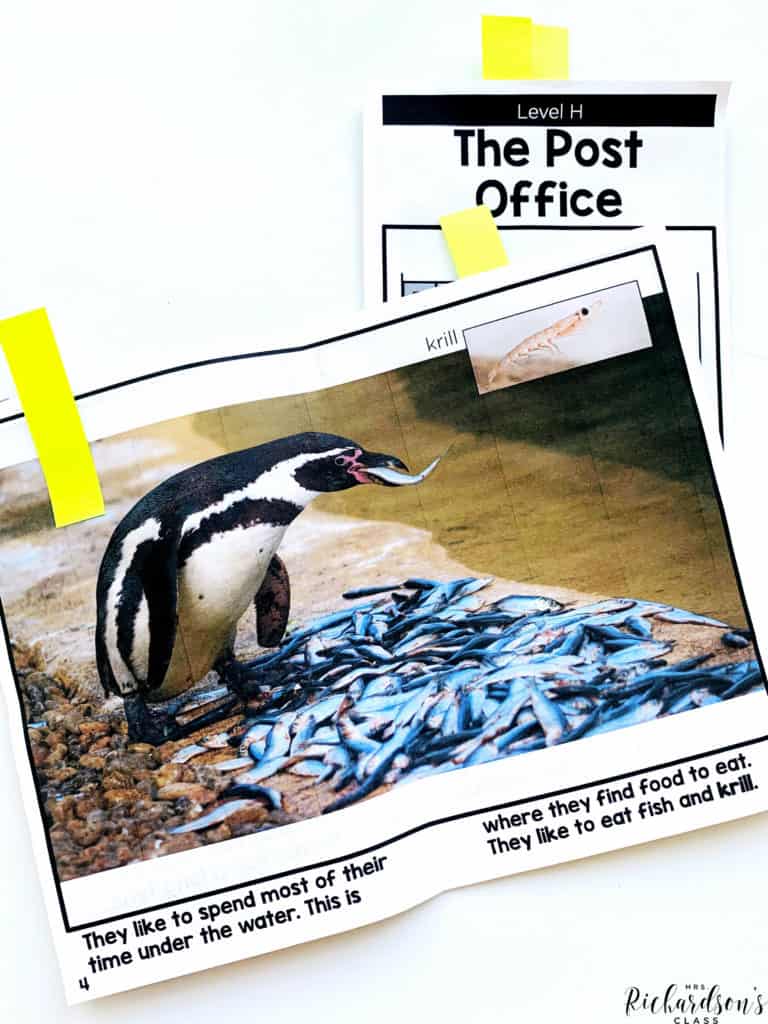
When students are struggling to comprehend, sometimes it’s because the vocabulary was unclear. I see that with my own little reader. Give them the sentence stem, “I didn’t understand…”. Let them clarify what vocabulary words or concepts they did not understand. From here, you can identify a teaching point and help them get on a path to understanding.
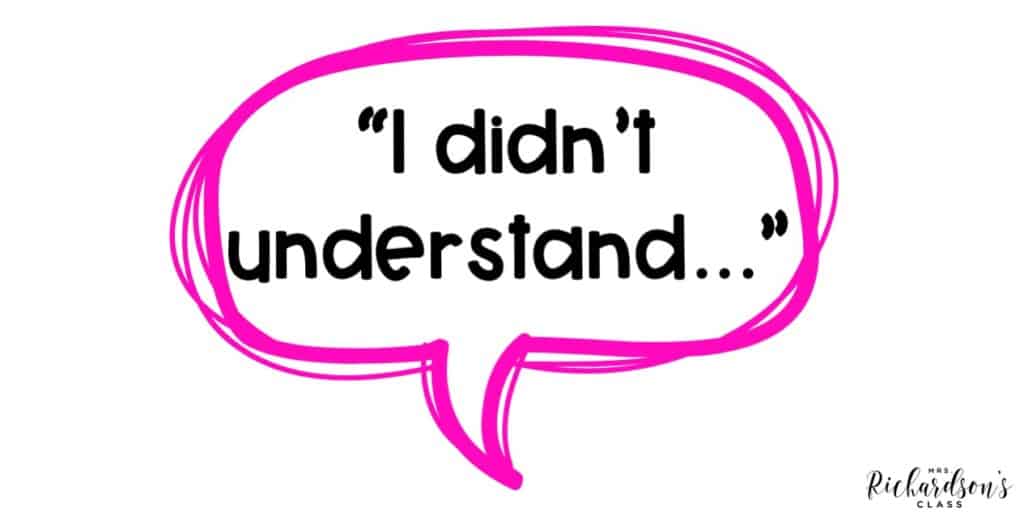
Giving students the tools and strategies they need is our way of helping them understand what they read. They can’t reach understanding without reading comprehension strategies. It simply is a must–whether it is during guided reading or reader’s workshop.
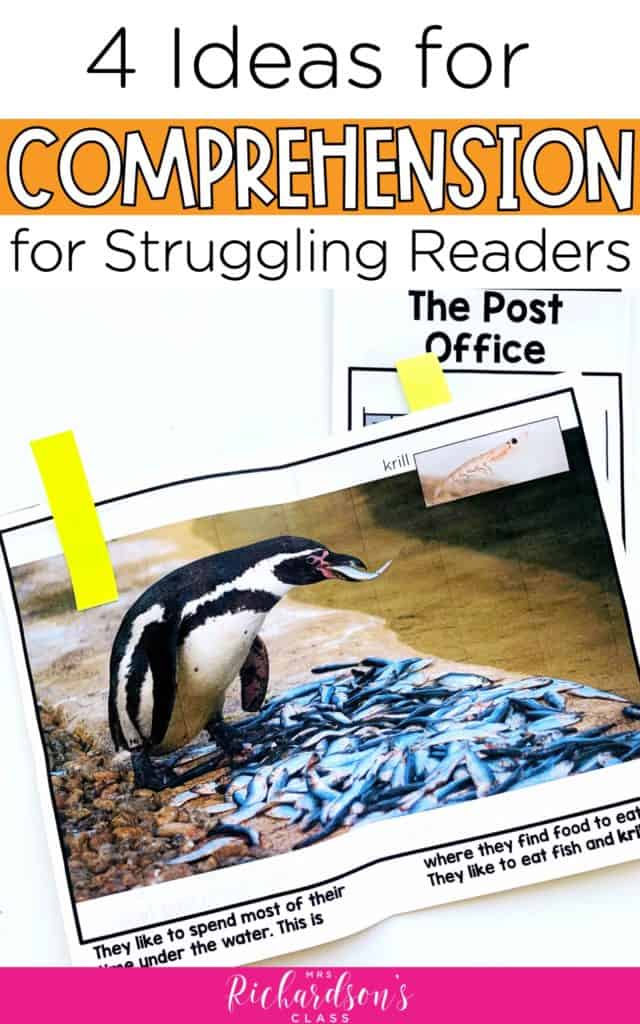
pin it
If you are looking for more helpful tips for reading comprehension, you can check out THIS POST!

Want to use the latest research to boost your readers during small groups? This FREE guide is packed with engaging ideas to help them grow!

I’m a K-1 teacher who is passionate about making lessons your students love and that are easy to implement for teachers. Helping teachers like you navigate their way through their literacy block brings me great joy. I am a lifelong learner who loves staying on top of current literacy learning and practices. Here, you’ll find the tools you need to move your K-2 students forward!


| Cookie | Duration | Description |
|---|---|---|
| cookielawinfo-checkbox-analytics | 11 months | This cookie is set by GDPR Cookie Consent plugin. The cookie is used to store the user consent for the cookies in the category "Analytics". |
| cookielawinfo-checkbox-functional | 11 months | The cookie is set by GDPR cookie consent to record the user consent for the cookies in the category "Functional". |
| cookielawinfo-checkbox-necessary | 11 months | This cookie is set by GDPR Cookie Consent plugin. The cookies is used to store the user consent for the cookies in the category "Necessary". |
| cookielawinfo-checkbox-others | 11 months | This cookie is set by GDPR Cookie Consent plugin. The cookie is used to store the user consent for the cookies in the category "Other. |
| cookielawinfo-checkbox-performance | 11 months | This cookie is set by GDPR Cookie Consent plugin. The cookie is used to store the user consent for the cookies in the category "Performance". |
| viewed_cookie_policy | 11 months | The cookie is set by the GDPR Cookie Consent plugin and is used to store whether or not user has consented to the use of cookies. It does not store any personal data. |

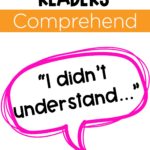

One Response
I will be placing bookmarks in my students’ books tomorrow. Thanks for the great strategy!